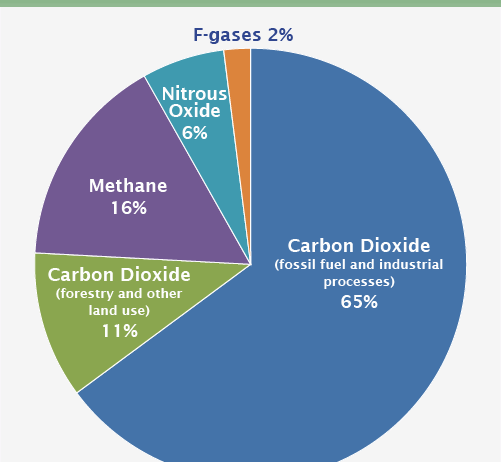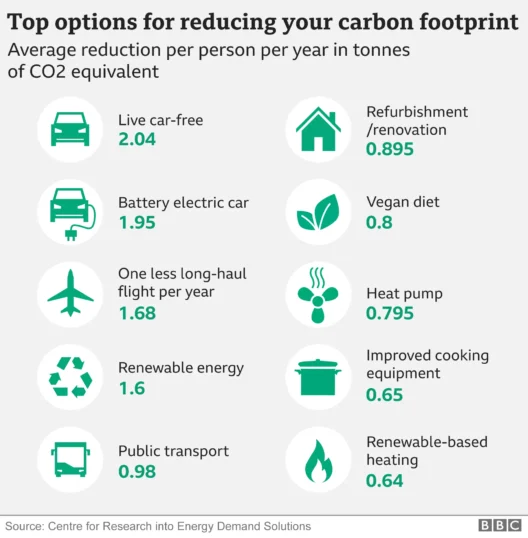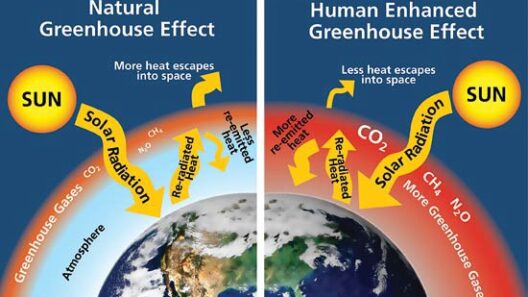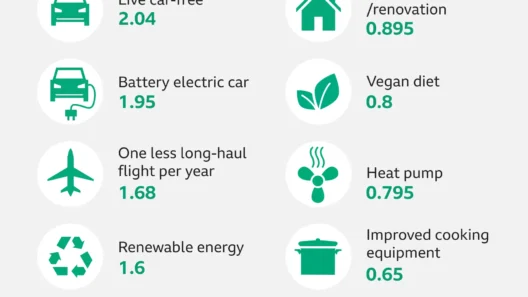Nitrous oxide (N₂O), a colorless and odorless gas, is often overlooked in discussions surrounding climate change. While carbon dioxide (CO₂) and methane (CH₄) frequently dominate the conversation about greenhouse gases, nitrous oxide quietly contributes to the warming of our planet, yet it possesses formidable potency in terms of its impact on the environment. Understanding its role in global warming is essential for fostering a holistic approach to climate action.
Firstly, it is imperative to recognize the characteristics that render nitrous oxide particularly dangerous. N₂O has a global warming potential (GWP) that is about 298 times that of CO₂ over a 100-year period. This means that a tiny quantity of nitrous oxide can exert a disproportionately large influence on the climate. While it constitutes approximately 6% of total greenhouse gas emissions, this seemingly modest figure belies its severe implications.
A key source of nitrous oxide emissions is agriculture, specifically through the application of synthetic fertilizers. When nitrogen-based fertilizers decompose in the soil, they undergo microbial processes that release nitrous oxide as a byproduct. This connection between agricultural practices and greenhouse gas emissions prompts critical questions about our food systems and their environmental consequences. The nexus of food production and climate change is one that demands scrutiny, especially given the rising global population and the corresponding need for increased food supply.
Moreover, livestock farming serves as another significant contributor to nitrous oxide emissions. The digestion process in ruminant animals, such as cows and sheep, produces nitrogen-rich waste that contributes to soil emissions. These practices are often entrenched in traditional farming methods, resistant to change despite their deleterious effects on the climate. Transitioning to more sustainable agricultural practices, such as crop rotation, cover cropping, and integrated pest management, could curtail nitrous oxide emissions while simultaneously promoting soil health and enhancing crop resilience.
Industrial activities also play a role in nitrous oxide emissions. Processes such as the production of nitric acid, which is utilized in fertilizers and explosives, can inadvertently release this powerful greenhouse gas. The methods employed in these industries often fail to incorporate emissions capture technologies, which could mitigate the adverse effects of nitrogen oxide emissions on the atmosphere. Implementing advanced technologies and establishing stringent regulations are fundamental to minimizing the industrial sector’s environmental footprint.
Beyond the direct emissions from various human activities, nitrous oxide can also contribute to the depletion of the ozone layer. As it rises into the atmosphere, it interacts with UV radiation and can lead to the breakdown of ozone molecules. Given the crucial role of the ozone layer in shielding the Earth from harmful solar radiation, the intersection of nitrous oxide emissions and ozone depletion demonstrates a multi-faceted challenge in our ongoing struggle against climate change and environmental degradation.
Transitioning to more sustainable practices presents a myriad of opportunities for innovation and economic growth. Incorporating nitrogen use efficiency (NUE) technologies could significantly reduce emissions from fertilizers while improving agricultural productivity. For example, using slow-release fertilizers, or ensuring that nitrogen applications are aligned with plant uptake rates, can minimize losses to the atmosphere, preserving both environmental and economic viability.
Additionally, engaging in reforestation and afforestation initiatives can further bolster our defenses against the impacts of nitrous oxide. Trees naturally absorb carbon dioxide; their roots also foster healthy soil ecosystems conducive to water retention and nutrient cycling. Enhancing forest cover can inadvertently regulate nitrogen levels in the soil, ultimately curbing nitrous oxide emissions while promoting biodiversity and landscape restoration.
To effectively combat the insidious effects of nitrous oxide, fostering collaboration among diverse sectors is paramount. Policymakers, farmers, industries, and researchers must unite in their efforts to devise integrative strategies that curtail emissions. Implementing carbon pricing mechanisms, incentivizing sustainable farming practices, or establishing caps on agricultural emissions are all potential pathways toward meaningful change. Public awareness initiatives are equally crucial. Educating consumers about the environmental implications of their food choices empowers individuals to support sustainable practices and demand accountability from manufacturers.
Furthermore, a cultural shift in how we perceive nitrogen flows in ecosystems is necessary. As climate action advocates, we must inspire curiosity about nitrogen’s role, urging individuals to delve deeper into the intricacies of nutrient management and their impacts on climate. This burgeoning curiosity may catalyze a grassroots movement that redefines our collective relationship with the environment.
Ultimately, addressing the challenges posed by nitrous oxide demands an integrative approach that transcends traditional boundaries. It requires acknowledging its silent yet potent role in global warming and recognizing the interdependencies that exist within ecosystems. Every action we take holds the potential to influence the nitrogen cycle, affecting not just our immediate environment, but the broader Earth system as well. A commitment to understanding and mitigating the impacts of nitrous oxide emissions is imperative for sustaining our planet’s health and securing a livable future for generations to come.








